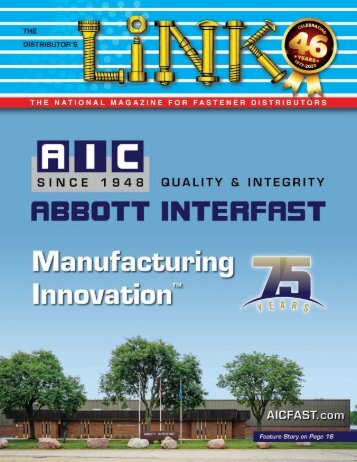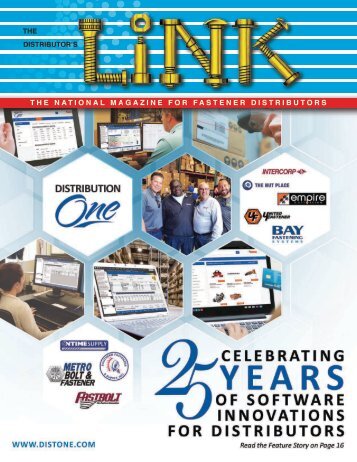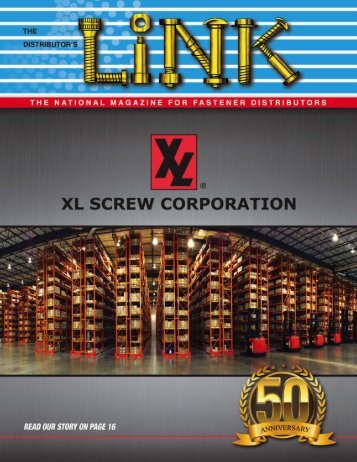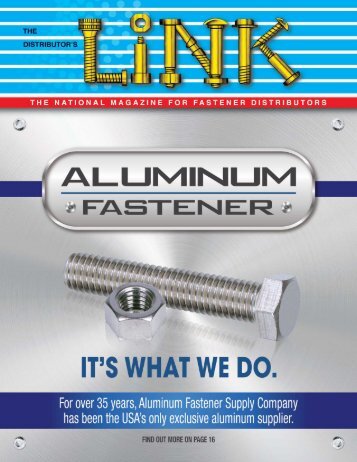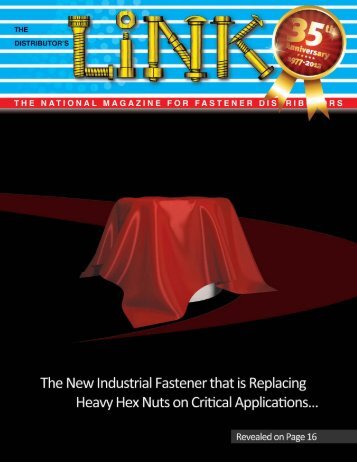SUMMER 2012
26 THE DISTRIBUTOR’S
26 THE DISTRIBUTOR’S LINK Bart Basi Dr. Bart A. Basi is an expert on closely-held enterprises. He is an attorney, a Certified Public Accountant, and President of The Center for Financial, Legal & Tax Planning, Inc. He is a member of the American Bar Association’s Tax Committee on Closely-Held Businesses. EMPLOYMENT LAW AND THE TRAVELS OF EMPLOYEES: WHAT TO DO ABOUT WHAT Introduction When employees are working in an office, shop, warehouse, or otherwise within your immediate supervision, the legalities of employment and tax law is clear. Employees generally must work within safety and legal guidelines, for which they earn a paycheck. On the other hand, when employees travel, whether it is running errands on an occasional basis, running errands on a daily basis, working locally, or engaging in long haul transportation, the legalities and tax rules change. There are many issues involved such as: employee vehicle usage, employer provided vehicle usage, administration and paperwork requirements, travel pay, reimbursement, frolic and detour, and abuses. As an employer you are responsible for your employees while they are on the road. It is also your responsibility to know the laws behind employee travel and how to limit your liabilities where applicable. Threshold Question: Employee or Not One of the most difficult questions for an employer to answer under the current federal tax law is “Who qualifies as an independent contractor” Yet, if an employer does not answer this question correctly, then the employer may find his/her company liable for taxes, penalties, and interest when the IRS reclassifies an independent contractor as an employee. Over the course of the last seven years, the IRS has collected million in taxes due to reclassifying over 400,000 independent contractors as employees. Therefore, it is extremely important to know the difference between an independent contractor and an employee. Unfortunately, Congress has not provided any clear legislative guidance on this issue. Because of this lack of guidance, an employer must rely on a myriad of special rules, exceptions, legislative intent, and common law tests. Obviously, reading these rules leaves a person more confused about the difference between an independent contractor and an employee than before he/she started. Since there is no clear Congressional guidance defining when a worker is to be classified as an employee, the IRS must depend upon its own regulations, revenue rulings, and letter rulings to make a determination. The IRS regulations basically ask a single key question: Does the business have “control” over the worker If “control” is present, then the worker is an employee. If “control” does not exist, then the worker may be classified as an independent contractor. An employer has control over a worker when he/she has the right to control and direct the worker’s services. This means not only does the employer have control over the results of the services, but also the details and means by which the results are accomplished. Whether or not an employer actually controls or directs the worker is irrelevant. It is the right to control the way in which the services are performed that is the key in determining the worker’s status. If an employer only controls the results of a job and not the means by which it is accomplished, then the worker is not an employee. However, if the worker only works for one employer and has no other jobs, then that employer has the ability to control the worker’s actions and the worker will be classified as an employee. please turn to page 150
- Page 6 and 7: THE DISTRIBUTOR’S IN THE SUMMER 2
- Page 8: 6 THE DISTRIBUTOR’S LINK Proferre
- Page 12: 10 THE DISTRIBUTOR’S LINK Robert
- Page 16: 14 THE DISTRIBUTOR’S LINK Compute
- Page 30: 28 THE DISTRIBUTOR’S LINK Chandle
- Page 34: 32 THE DISTRIBUTOR’S LINK
- Page 38 and 39: 36 THE DISTRIBUTOR’S LINK Barnaby
- Page 40 and 41: 38 THE DISTRIBUTOR’S LINK Key Bel
- Page 42: 40 THE DISTRIBUTOR’S LINK EFC Int
- Page 46 and 47: 44 THE DISTRIBUTOR’S LINK Industr
- Page 48 and 49: 46 THE DISTRIBUTOR’S LINK Spirol
- Page 50: 48 THE DISTRIBUTOR’S LINK Brighto
- Page 54 and 55: 52 THE DISTRIBUTOR’S LINK Quality
- Page 56: 54 THE DISTRIBUTOR’S LINK Anthony
- Page 59 and 60: THE DISTRIBUTOR’S LINK 57
- Page 62: 60 THE DISTRIBUTOR’S LINK New lit
- Page 66: 64 THE DISTRIBUTOR’S LINK DDI Sys
- Page 70: 68 THE DISTRIBUTOR’S LINK Joe Dys
- Page 74: NFDA ANNUAL SPRING MEETING CHATEAU
- Page 78 and 79:
76 THE DISTRIBUTOR’S LINK Chicago
- Page 80:
78 THE DISTRIBUTOR’S LINK WAVE SP
- Page 86:
NFDA ANNUAL SPRING MEETING CHATEAU
- Page 90 and 91:
88 THE DISTRIBUTOR’S LINK Ark-Pla
- Page 92 and 93:
90 THE DISTRIBUTOR’S LINK Global
- Page 94 and 95:
92 THE DISTRIBUTOR’S LINK SFA - 2
- Page 98:
96 THE DISTRIBUTOR’S LINK SEFA -
- Page 102:
100 THE DISTRIBUTOR’S LINK MID-WE
- Page 105 and 106:
THE DISTRIBUTOR’S LINK 103 WIFI -
- Page 107 and 108:
THE DISTRIBUTOR’S LINK 105 SFA SP
- Page 110:
108 THE DISTRIBUTOR’S LINK For ov
- Page 114 and 115:
112 THE DISTRIBUTOR’S LINK THE BA
- Page 116:
114 THE DISTRIBUTOR’S LINK PWFA -
- Page 121 and 122:
THE DISTRIBUTOR’S LINK 119 SUPERI
- Page 124:
122 THE DISTRIBUTOR’S LINK THE BA
- Page 128:
126 THE DISTRIBUTOR’S LINK EFC: D
- Page 131 and 132:
THE DISTRIBUTOR’S LINK 129 Beta S
- Page 133:
THE DISTRIBUTOR’S LINK 131
- Page 139 and 140:
THE DISTRIBUTOR’S LINK 137 Aztech
- Page 141 and 142:
THE DISTRIBUTOR’S LINK 139
- Page 144:
142 THE DISTRIBUTOR’S LINK NCFA -
- Page 148 and 149:
146 THE DISTRIBUTOR’S LINK STOP M
- Page 150 and 151:
148 THE DISTRIBUTOR’S LINK MWFA -
- Page 152 and 153:
150 THE DISTRIBUTOR’S LINK EMPLOY
- Page 154 and 155:
152 THE DISTRIBUTOR’S LINK EMPLOY
- Page 157:
THE DISTRIBUTOR’S LINK 155
- Page 161:
THE DISTRIBUTOR’S LINK 159 MORE S
- Page 165:
THE DISTRIBUTOR’S LINK 163 Full L
- Page 168 and 169:
166 THE DISTRIBUTOR’S LINK SCIENT
- Page 170 and 171:
168 THE DISTRIBUTOR’S LINK SFA -
- Page 172 and 173:
170 THE DISTRIBUTOR’S LINK Labora
- Page 174 and 175:
172 THE DISTRIBUTOR’S LINK CUSTOM
- Page 176 and 177:
174 THE DISTRIBUTOR’S LINK MWFA -
- Page 179 and 180:
THE DISTRIBUTOR’S LINK 177 SEFA S
- Page 181 and 182:
THE DISTRIBUTOR’S LINK 179 Lee S.
- Page 183 and 184:
THE DISTRIBUTOR’S LINK 181 LENGTH
- Page 185 and 186:
SEFA SPRING CONFERENCE Birmingham,
- Page 188:
186 A ABBOTT INTERFAST 38 Your comp
- Page 192:
190 I continued... INTERFAST GROUP
Inappropriate
Loading...
Mail this publication
Loading...
Embed
Loading...
|
SHARE A PAGE FROM THIS MAGAZINE OPTION 1: Click on the share tab above, or OPTION 2: Click on the icon (far right of toolbar) and then click on the icon (far right of toolbar) and then click on the  icon (top right of the page). icon (top right of the page).
|
View Archives
Copyright © Distributor's Link, Inc. All Rights Reserved | Privacy Policy








